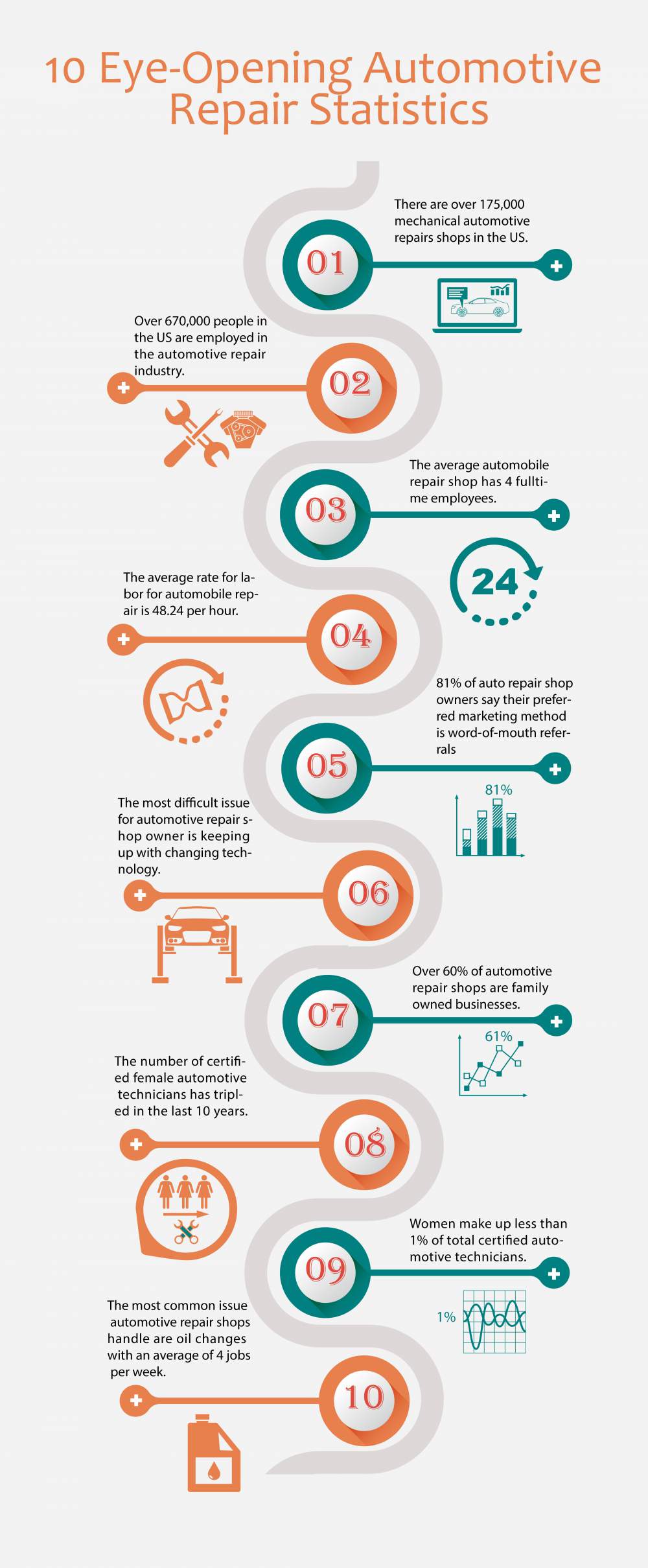Interpreting Your Automobile'S Alert Lights: Their True Implications
Interpreting Your Automobile'S Alert Lights: Their True Implications
Blog Article
Post By-Lim Stark
When you lag the wheel, those glowing warning lights on your dashboard can be a bit complicated. Do you understand what they're trying to tell you concerning your automobile's health and wellness? Recognizing the importance of these lights is important for your security and the long life of your vehicle. So, the next time among those lights pops up, would not you want to decode its message properly and take the needed steps to address it?
Common Caution Lighting and Interpretations
Determine typical warning lights in your car and understand their meanings to guarantee secure driving.
One of the most normal warning lights consist of the check engine light, which signifies concerns with the engine or emissions system. If this light comes on, it's important to have your vehicle examined promptly.
The oil stress warning light indicates reduced oil pressure, calling for instant interest to avoid engine damage.
A flashing battery light may suggest a defective charging system, potentially leaving you stranded otherwise dealt with.
The tire stress tracking system (TPMS) light notifies you to reduced tire pressure, influencing car security and fuel efficiency. Disregarding this could result in hazardous driving problems.
The abdominal light indicates a trouble with the anti-lock braking system, compromising your ability to stop quickly in emergency situations.
Last but not least, the coolant temperature level alerting light warns of engine getting too hot, which can lead to extreme damage if not settled quickly.
Comprehending deep car cleaning will certainly assist you resolve concerns immediately and keep safe driving conditions.
Relevance of Prompt Attention
Recognizing the common caution lights in your cars and truck is just the first step; the significance of promptly resolving these warnings can't be highlighted enough to guarantee your safety on the road.
When a warning light illuminates on your dashboard, it's your vehicle's method of interacting a prospective issue that requires attention. Ignoring these cautions can lead to much more serious issues down the road, compromising your safety and security and potentially costing you more in repairs.
Motivate attention to cautioning lights can prevent failures and crashes. For https://tysonnhcvp.blogsuperapp.com/31788985/comprehensive-interview-best-practices-revealed-by-a-specialist-vehicle-detailer , a flashing check engine light could suggest a misfire that, if left neglected, can trigger damage to the catalytic converter. Addressing this quickly can conserve you from an expensive repair.
Similarly, a brake system cautioning light could indicate reduced brake fluid or used brake pads, important parts for your security when driving.
DIY Troubleshooting Tips
If you observe a warning light on your control panel, there are a few do it yourself repairing pointers you can attempt prior to looking for specialist help.
The first step is to consult your car's manual to comprehend what the details warning light shows. Often the problem can be as simple as a loose gas cap causing the check engine light. Tightening the gas cap may resolve the issue.
Another typical problem is a low battery, which can trigger different cautioning lights. Inspecting the battery connections for rust and ensuring they're safe and secure could deal with the problem.
If a warning light persists, you can try resetting it by detaching the cars and truck's battery for a few minutes and after that reconnecting it. In addition, checking your lorry's fluid degrees, such as oil, coolant, and brake liquid, can help repair alerting lights related to these systems.
Final thought
Finally, understanding your car's warning lights is crucial for maintaining your vehicle running efficiently and safely. By immediately dealing with these informs and recognizing what they suggest, you can stay clear of pricey repair work and potential malfunctions.
Bear in mind to consult your automobile's guidebook for specific details on each alerting light and take action accordingly to ensure a trouble-free driving experience.
Stay informed, stay secure when traveling!
